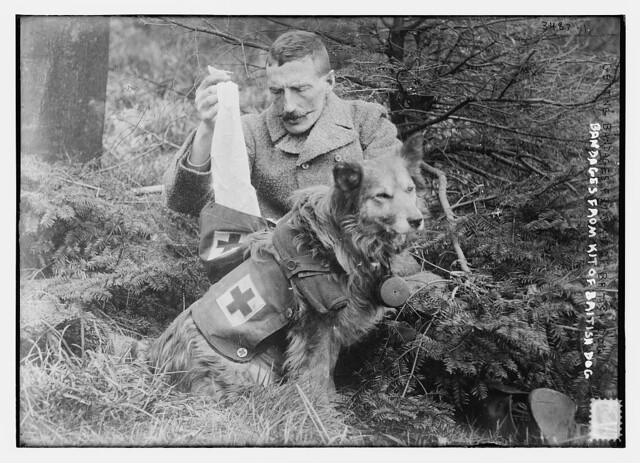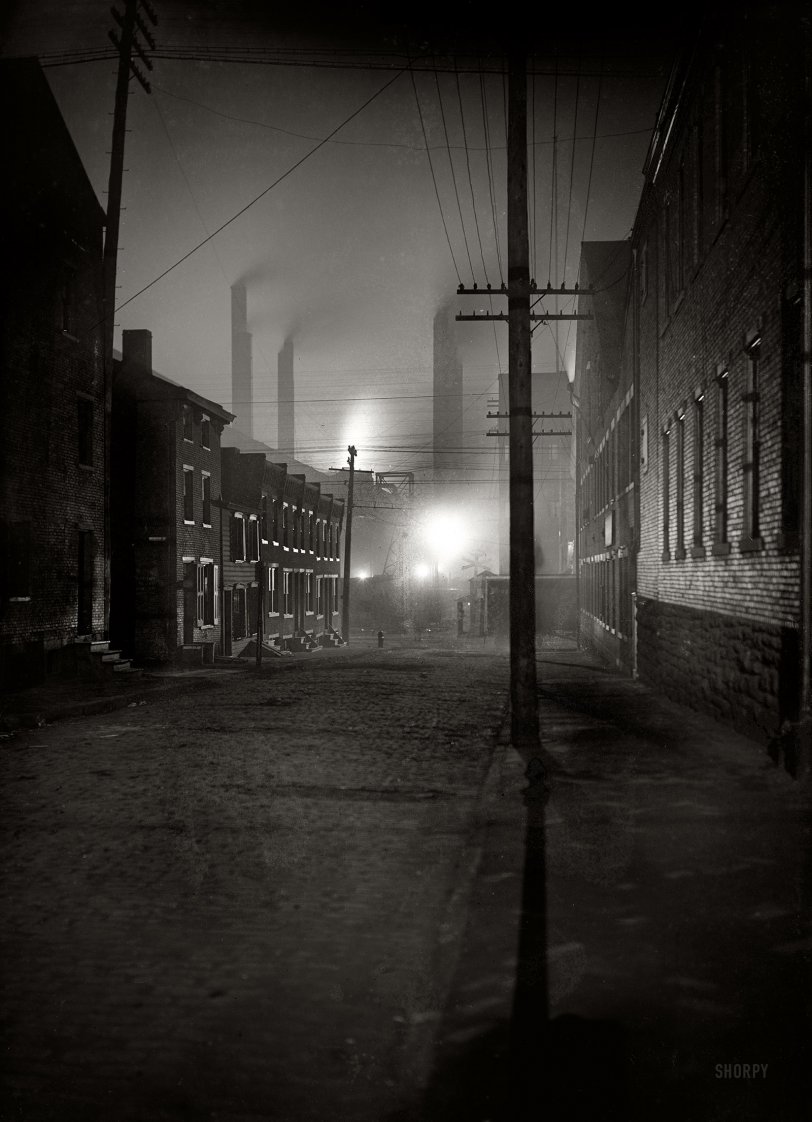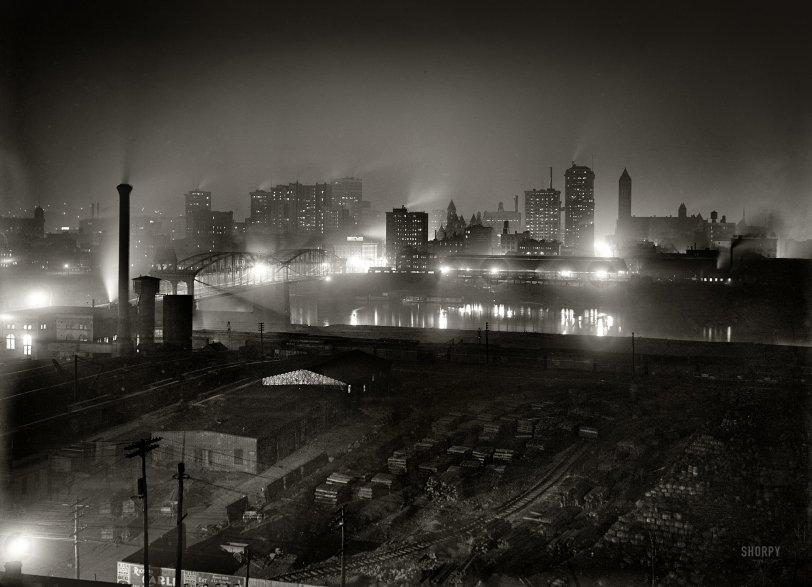The Known Rule
NGR contains a large number of rules, and in the end it is not likely someone will have them all memorized. The rules of this game are only applicable if someone involved actually knows the rule (or claims to). If no party involved knows the rule then they obviously did not choose their course of action based on the mechanics. In such a case, the GM should issue a ruling and move on. You should never be looking up rules during play. Doing so results in -1 awesomeness for a player or +1 awesomeness to all players if the GM looks up a rule (per occurrence).
Apparently from a set of RPG rules called Neoclassical Geek Revival (hence, NGR) which I had never heard of before. I’ve been doing a lot of RPG reading recently, which is one of the several reasons things have been quiet here on the Warbard. I’ll probably start doing some RPG-related posts eventually, although this will always be primarily a wargaming blog, but sometimes you run across a great piece of universal gaming advice that just needs to get shared.
I’ve run fairly large number of convention games in the last four years or so since getting back into wargaming, and the above “Issue a ruling and move on” advice resonates exactly with what my experience of running games at conventions. People don’t (in my experience, anyway) game at conventions to learn every single detailed rule in a system. They might want to get a taste of a system they’ve heard of, or they might just be looking for a good game with new people and perhaps a genre/setting/scale they don’t usually play with, but regardless, bogging the game down by constantly referring to the rules is just going to wreck the whole game.
Play the game, not the rules. Momentum and energy matter more than the rules.
As GM/game-runner/etc, issue a ruling, be consistent in that ruling for the rest of the game, and keep moving.
If in doubt, roll something. Then keep playing the damn game.
My personal “convention season” is a late winter/early spring stretch, so I’m starting to consider games I’ll run in 2013’s conventions, and this quote strikes the right note.
The above isn’t just a convention/public game thing, of course. It should be a standard in every game, except possibly with a brand-new system everyone is still trying to figure out. It’s just even more important in convention games, because most of your players won’t know the rules, and you’re always (at least) slightly time-crunched at events. (It probably also isn’t applicable to tournament gaming, but I tend to regard tourney gaming as about as much fun as a trip to the dentist, so don’t personally care if it’s applicable there…)
(NGR is available here, and the quote I’ve used above was originally quoted over here on Jeff’s Gameblog)




